Research Research Highlights
Research Highlights
Research Highlights
Research Highlights
Research Highlights 미리보기
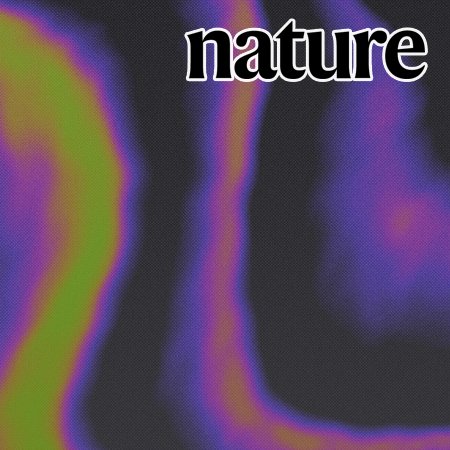
Atomic lift-off of epitaxial membranes for cooling-free infrared detection
Prof. Celesta S. Chang
Professor Celesta S. Chang's research team from the Department of Physics and Astronomy has developed an 'Atomic Lift-Off' technique that enables the production of ultrathin, freestanding perovskite oxide membranes—paving the way for high-performance, cooling-free infrared sensors.
Research Highlights Board
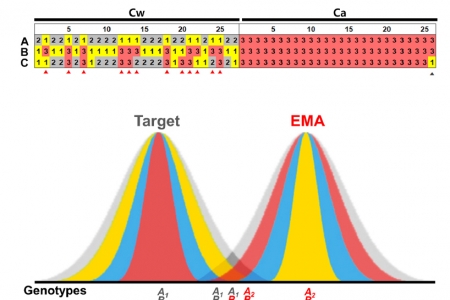
Mitochondrial plastid DNA can cause DNA barcoding paradox in plants
Prof. Tae-Jin Yang
The transfer of ancestral plastid genomes into mitochondrial genomes to generate mitochondrial plastid DNA (MTPT) is known to occur in plants, but its impacts on mitochondrial genome complexity and the potential for causing a false-positive DNA barcoding paradox have been underestimated. Here, we assembled the organell...
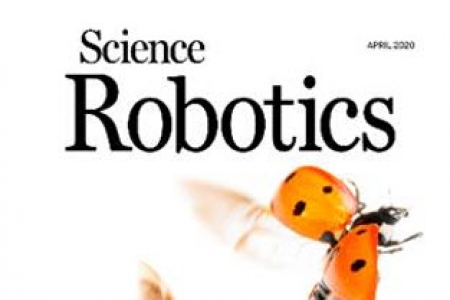
Ladybird Beetle Inspired Compliant Origami
Prof. Kyu-Jin Cho
Authors Sang-Min Baek, Sojung Yim, Soo-Hwan Chae, Dae-Young Lee, Kyu-Jin Cho Affiliations Soft Robotics Research Center, Seoul National University, Seoul, Republic of Korea. Department of Mechanical and Aerospace Engineering, Institute of Advanced Machines and Design, Seoul National University, Seoul, Republic of Korea...
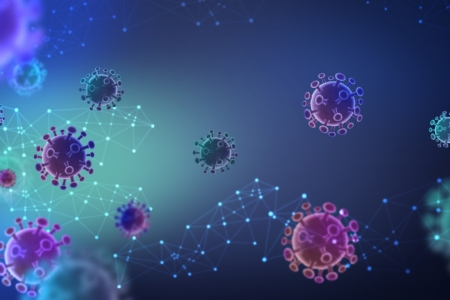
Secrets of the novel coronavirus unearthed: SNU Professors Kim and Chang collaboratively revealed the architecture of the SARS-CoV-2 transcriptome
Professor Kim V. Narry & Professor Chang Hyeshik
Despite intensive efforts worldwide to contain the spread and find a cure for COVID-19, relatively little is known about the basic biology of the virus. This is now changing. Professor Kim V. Narry, Director of RNA research at the Institute for Basic Science (IBS), Professor Chang Hyeshik from the Department of Biologi...

Retina-inspired photo-sensitive neuromorphic electronics
Prof. Tae-Woo Lee
- Photo-sensitive neuromorphic devices can be used for robots, neural prostheses, and healthcare electronics. - Seoul National University and Inha University, South Korea Researchers at Seoul National University and Inha University in South Korea developed photo-sensitive artificial nerves that emulated functions of a ...
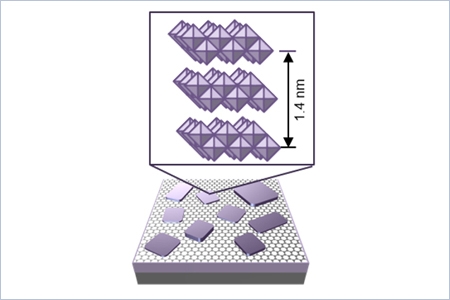
Epitaxially-grown molybdenum oxide advances as a bulk-like 2D dielectric layer
Prof. Gwan-Hyoung Lee
Since the successful isolation of graphene from bulk graphite, remarkable properties of graphene have attracted many scientists to the brand-new research field of 2D materials. However, despite excellent carrier mobility of graphene, direct application of graphene to field-effect transistors is severely hindered due to...

Nanoparticle Computing Takes a Giant Step Forward
Red, gold, silver spheres on a lipid chip represent metal nanoparticles with strong and distinct scattering signals. The nanoparticles are functionalized with specially designed DNA ligands, and the surface ligands render receptor-floater interactions programmable, thereby transforming a pair of receptor and floater in...

Eyes are faster than hands: Vision-based machine learning for soft wearable robot enables disabled person to naturally grasp objects
SNU Soft Robotics Research Center has developed a soft wearable hand robot that can aid the hand-disabled by using machine learning algorithm and sensory hardware. Professor Sungho Jo (KAIST) and Kyu-Jin Cho (Seoul National University), a collaboration research team in Soft Robotics Research Center (SRRC), Seoul, Korea...

Professor Lee’s New Holographic Microscopes
Professor LEE Byoungho Professor Lee Byoungho (Dept. of Electrical Engineering) has developed a microscope that produces images three to four times better in quality than those of currently existing holographic microscopes. Compared to other holographic microscopes, Professor Lee’s microscopes are able to not only capt...

Artificial Nerves Used for Neurorobotics and Neuroprosthetics
Researchers at Seoul National University and Stanford University developed artificial mechanosensory nerves using flexible organic devices to emulate biological sensory afferent nerves. They used the artificial mechanosensory nerves to control a disabled insect leg and distinguish braille characters. Compared to conven...

Electronic Skins that Wirelessly Activate Fully Soft Robots
A research team of Seoul National University (Co-senior authors: Professor Yongtaek Hong, Jaeha Kim, and Kyu-Jin Cho) has developed a skin-like electronic system that is soft, thin, lightweight and can wirelessly activate soft robots through a simple lamination process. They developed an electronic skin (e-skin) pair a...

SNU Prof. Waldman research team found that the fungus leading world-wide fatal amphibian disease was originated in Korea.
Amphibians in many parts of the world are falling victim to pathogenic chytrid fungus, first discovered in the late 1990s. The fungus colonises the skin of infected individuals, interferes with respiration, and can ultimately cause infected frogs to die of heart attacks. Although the fungus is devastating amphibianpopu...
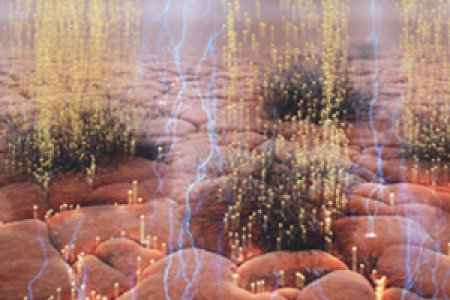
A New Generation of Solar Energy
Professor LEE Changhee (Dept. of Electrical and Computer Engineering) On April 23, a research team at SNU led by Professor Lee Changhee of the Department of Electrical and Computer Engineering and Ph.D. student Lee Hyun Ho published the results of their research regarding the lifespan of Perovskite solar cells. The res...

